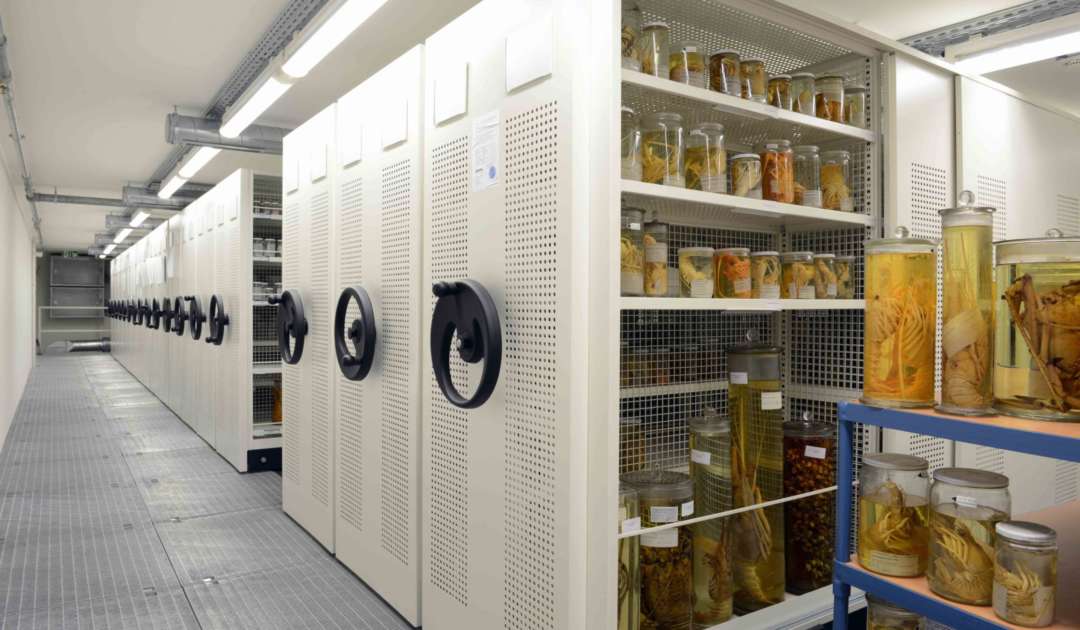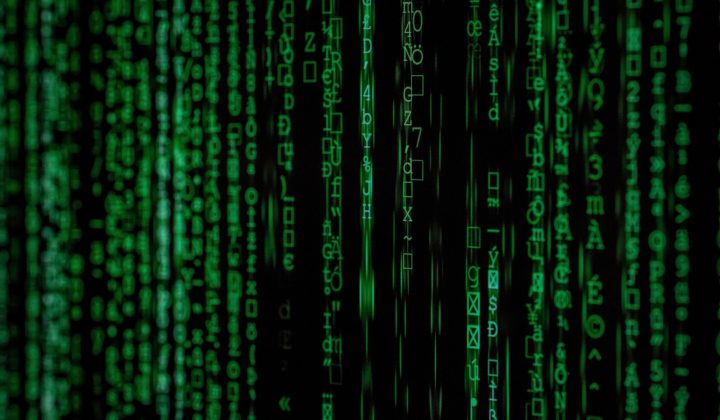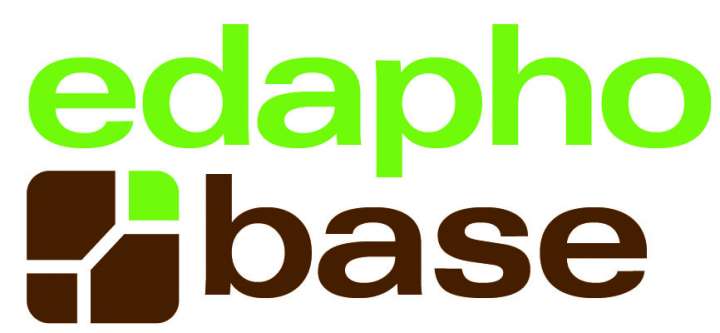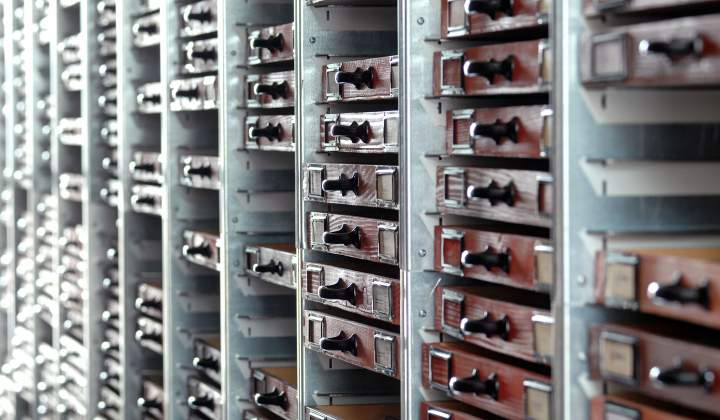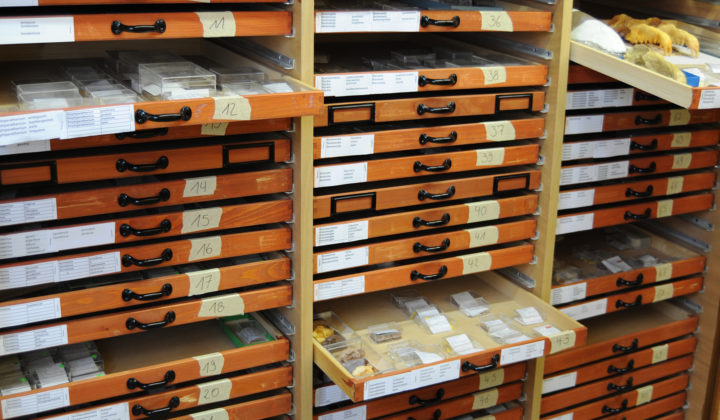Knowledge Resources
Collections
Program Research Infrastructure
Natural history collections constitute Senckenberg’s largest and most important research infrastructure. With approximately 40 million items, they represent the largest natural history collection in Germany and likely the sixth-largest worldwide.
Senckenberg continuously maintains and expands outstanding collections of recent and fossil animals and plants from all over the world as well as the associated specialist libraries. The extensive data from these collections are the foundation for all taxonomic-systematic, ecological, biogeographic, or biostratigraphic basic research as well as applied, environmentally relevant research. Moreover, under historical aspects the collections represent a valuable cultural heritage, often obtained at considerable expenditures, which therefore ought to be preserved in perpetuity.
Senckenberg’s statutory obligations include to “maintain and develop collections as ‘archives of nature’ and to make them available to science as a research infrastructure” (Section 2, Para. 2 of the SGN’s statutes). The research-oriented expansion of collections at Senckenberg is achieved by
- own research and collection activities
- acquisition of collections as donations, permanent loans, or temporary loans
- purchase (only in exceptional cases, where the purchase is usually financed by foundations)
Archives of Life
Collections represent archives for a specific situation in a given place and at a specific point in time (ecological archive function). Yet, more important for science (nationally and internationally) is their archive character for scientific concepts and identifications. Comparability in science can only be achieved by assigning the statements to taxonomic units, whose delineation has been agreed on (in scientific taxonomy). Only with reference to the underlying collection objects is it possible to incorporate earlier statements into the modern scientific coordinate system.
Accordingly, our collections are always kept up-to-date, which is accomplished by our highly qualified personnel. In particular, the information associated with an object must be easily accessible. Among others, this is achieved by digitization and a decentralized availability of the collection data as well as the development of methods for the rapid analysis of biodiversity data.
Collections can be considered archives of life that hold the answers to countless questions. Especially where processes within a timeframe are concerned (whether long periods in geological history or brief historic periods), collections are able to document the former status quo and how and in what direction development has taken place. The dynamics of changes in the biosphere manifest themselves in the collections, who preserve the evidence of changes in biodiversity, whether due to evolutionary processes or man-made transformation of habitats.
Remodeling
The integration of collection-oriented research institutions such as the Quaternary Paleontology Weimar (2000), the German Entomological Institute Müncheberg (2009), the Natural History Collections Dresden (2009), the Museum of Natural History in Görlitz (2009), and Senckenberg Centre for Human Evolution and Palaeoenvironment Tübingen (2017) has led to a significant expansion of the Senckenberg collections. In all cases, Senckenberg’s funding was also increased by the amount required to maintain these collections. Especially for the globally unique collections from Weimar, the integration into Senckenberg allowed for an impressive increase in the quality of the collection’s storage and display. The same goal is envisioned for Görlitz by the year 2022 as part of the current new construction project. In addition, the remodeling measures at the SDEI will create the required conditions for the proper accommodation of extensive alcohol collections. The Senckenberg Research Institute Frankfurt houses the most extensive collections among all Senckenberg institutes. In the year 2020, the final collection rooms were be completed in the course of Masterplan I in Frankfurt. With the move to the new locations, the collection accommodations meet the latest standards.
